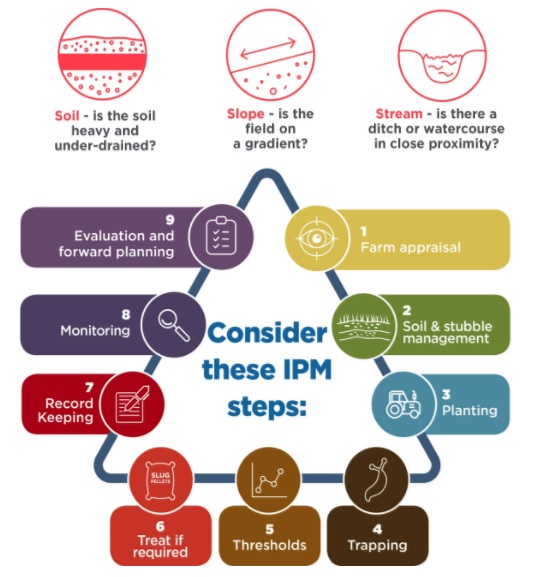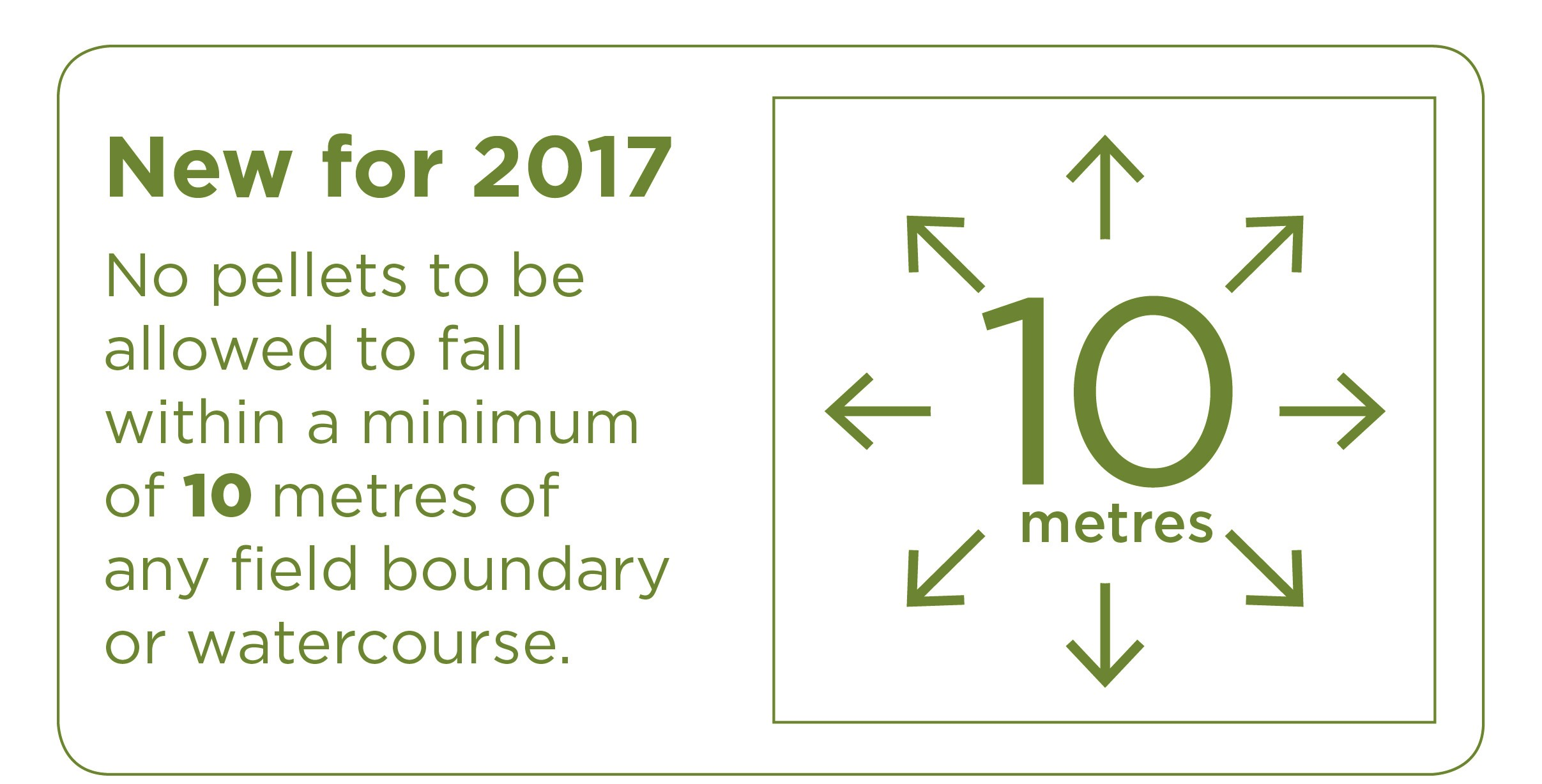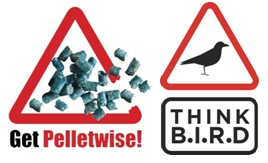Enhanced Metaldehyde Stewardship and Red Tractor
Since October 2017, adherence to the Enhanced Metaldehyde Stewardship has become a requirement of the Red Tractor scheme. The newly updated Combinable Crops and Sugar Beet and Fresh Produce standards will now be part of future crop audits and may have left you with several questions.
What does this mean for me?
It will impact most growers and requires Integrated Pest Management (IPM) of slugs to be practiced (and recorded) before applications of metaldehyde are made.
What does an IPM approach to slug control involve?
It is a step process that includes identifying the potential risk factors associated with slug damage, considering cultural control methods to help reduce slug habitats and the trapping and understanding of thresholds to help ensure treatment decisions are justified.
The monitoring of crops, while they are most vulnerable, is one of the final steps to assess if further applications are required. However, there is no real start or end point to IPM – it's a cyclical process that continues year-on-year.
Throughout this process, record keeping is essential to help justify treatments and for forward planning to improve IPM programmes for the next year. Two good information sources are 'A comprehensive guide to IPM for slug control' produced by the Metaldehyde Stewardship Group (you can request copies by emailing This email address is being protected from spambots. You need JavaScript enabled to view it.) and AHDB's 'Integrated slug control IS04 AHDB Spring 2016'.
What else is new?
No pellets are allowed to fall within a minimum of ten metres of any field boundary or watercourse.
Previously this was six metres and only applied to areas adjacent to watercourses. The field boundary can be defined as from the edge of non-cropped land (land taken permanently out of agricultural production) and the 1-2 metre strips adjacent to hedgerows and watercourses established as Cross Compliance buffers.
What should I do?
Best practice is to use the minimum active per ha required, minimising drainage and run-off losses. The maximum individual application rate is 210g metaldehyde a.s/ha*. However for the additional protection of water BASIS advisors may recommend a lower rate.
Between 1st August to 31st December the maximum total dose that should be applied is 210g metaldehyde a.s/ha*. The maximum total dose applied in a calendar year is 700g metaldehyde a.s/ha. This is also the statutory maximum.
Is there anything else I should know?
Applications should be avoided if heavy rain is forecast or drains are flowing. Again, best practice is to ensure application equipment is well maintained and correctly set.
Finally...
Metaldehyde products are going through re-registration by CRD – the Chemicals Regulation Division of HSE. In addition to water, the risk assessment for this requires increased protection of birds and small mammals which has resulted in the Enhanced Metaldehyde Stewardship becoming a 'CRD-agreed' condition of metaldehyde product availability. The regulators will be monitoring this scheme closely.
Andrew Hunt
Agronomist
For specific advice for your business related to this blog or any other aspect of crop production get in touch with Frontier.
As a subscriber, you’ll receive email alerts each time a new blog is published so you can always stay updated with the latest advice and insights from our experts




Comments